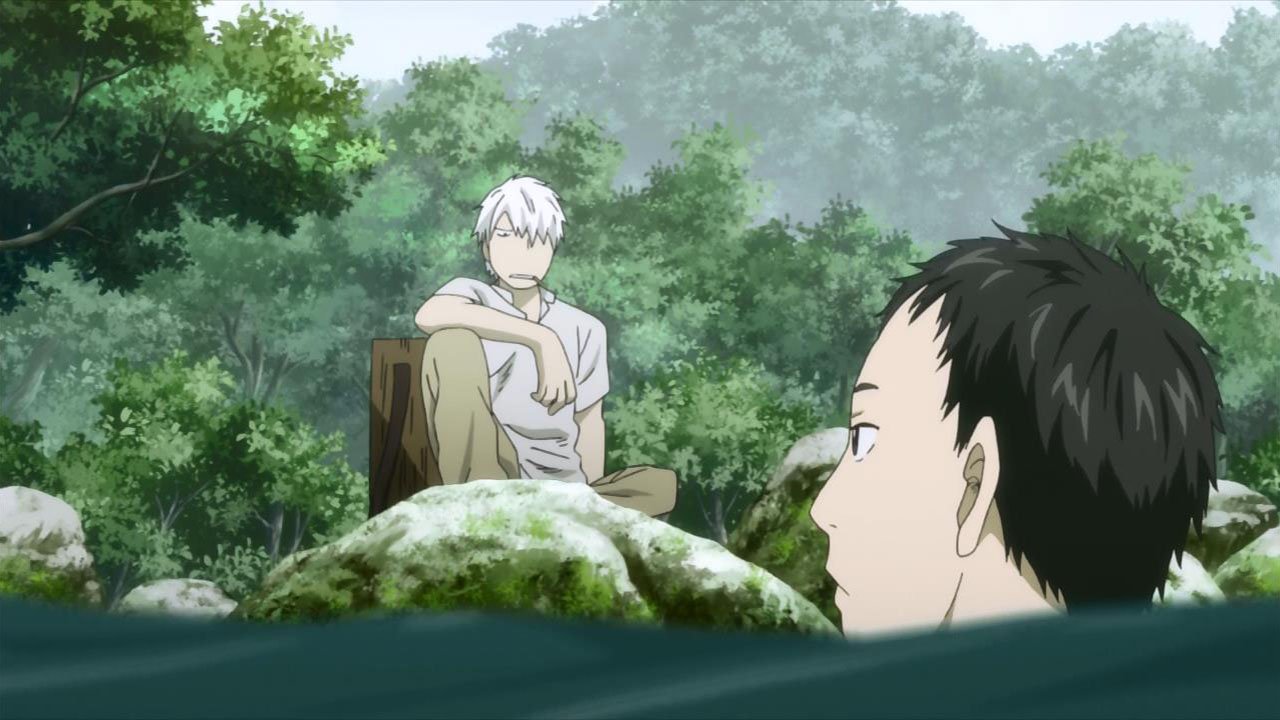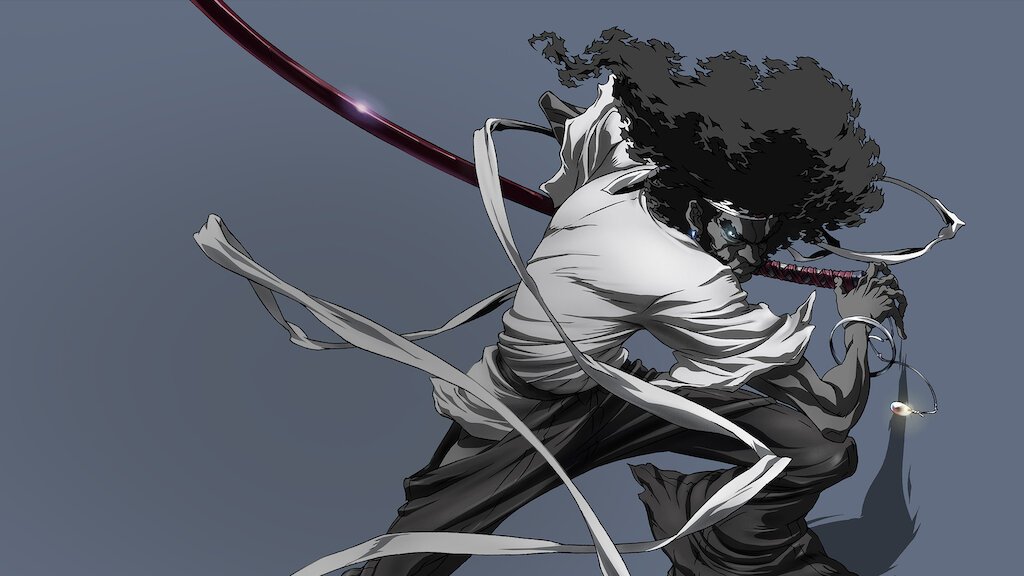Mushishi: The Most Beautiful Anime Ever Made

Fantastical and restorative, Mushishi is like no other: nothing is more meditative and mending than this anime.
It’s an undiluted portrayal of life; at times unredeemable, the lows truly hit low, but the other times are sweet and safely scooped by a happy ending. Life is mystical, and as much as science grounds us, there is so much more that we can’t see, and Mushishi portrays this beautifully.
Released in 2005, the animation and the dialogues are as fresh as ever, but the real gold is found in the story and how characters are tied by a thin thread between episodes. It was based on Yuki Urushibara’s 1999 manga, and though the anime is coherent as a series, every episode presents a brand new set-up, like a collection of short stories set in the same universe. Fans have raved over the soothing and spine-chilling soundtrack: Mushishi is a joy for the senses and an otherworldly experience.
It tells the journey of Ginko, a peculiar main character. He’s not set to go on a justice-driven mission, and instead, the viewer watches him pace through the dense Japanese forests of the 19th century. He’s a Mushishi, a person who studies mushi, an ethereal lifeform as elusive and fragile as the wind.
Mushi are only visible to those who possess the ability to see them: floating around in the elements, they are pure and omnipresent creatures that balance all life. Because they are so intricate, they can sometimes affect people in strange ways, and Ginko travels from village to village to cure these ailments and explain the unexplainable the best he can.
Surely inspired by the animistic and folkloric nature of Japanese yokai, Mushishi is contemporary romanticism animated - you can feel how enchanted the forests and rivers are through the screen. Ginko’s job keeps him nomadic, but Mushishi honors loneliness and mends its pain. Joyful, tragic, and humane, Mushishi is a whirlwind of cinematic emotions
About the Author:
Mizuki Khoury
Born in Montreal, based in Tokyo. Sabukaru’s senior writer and works as an artist under Exit Number Five.





